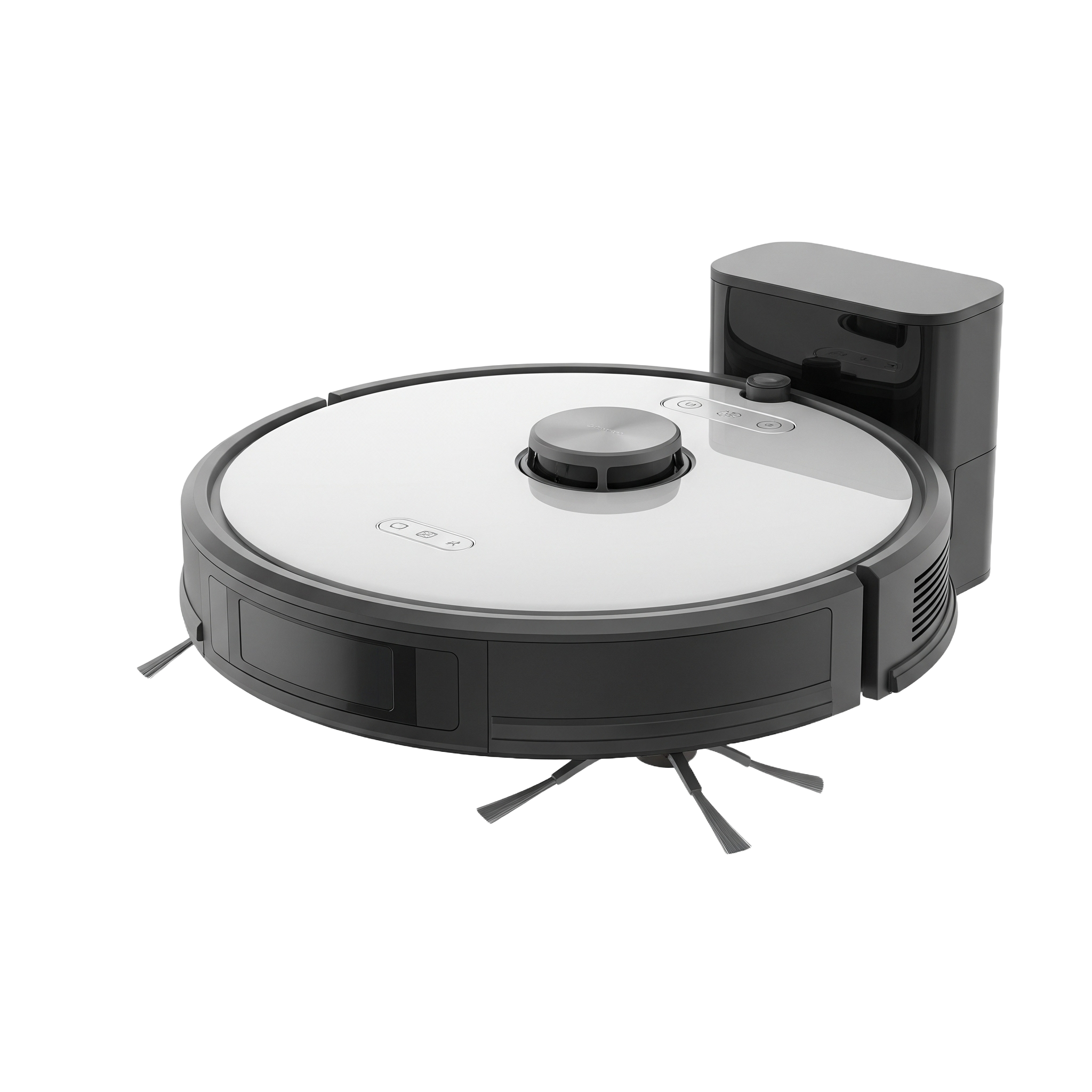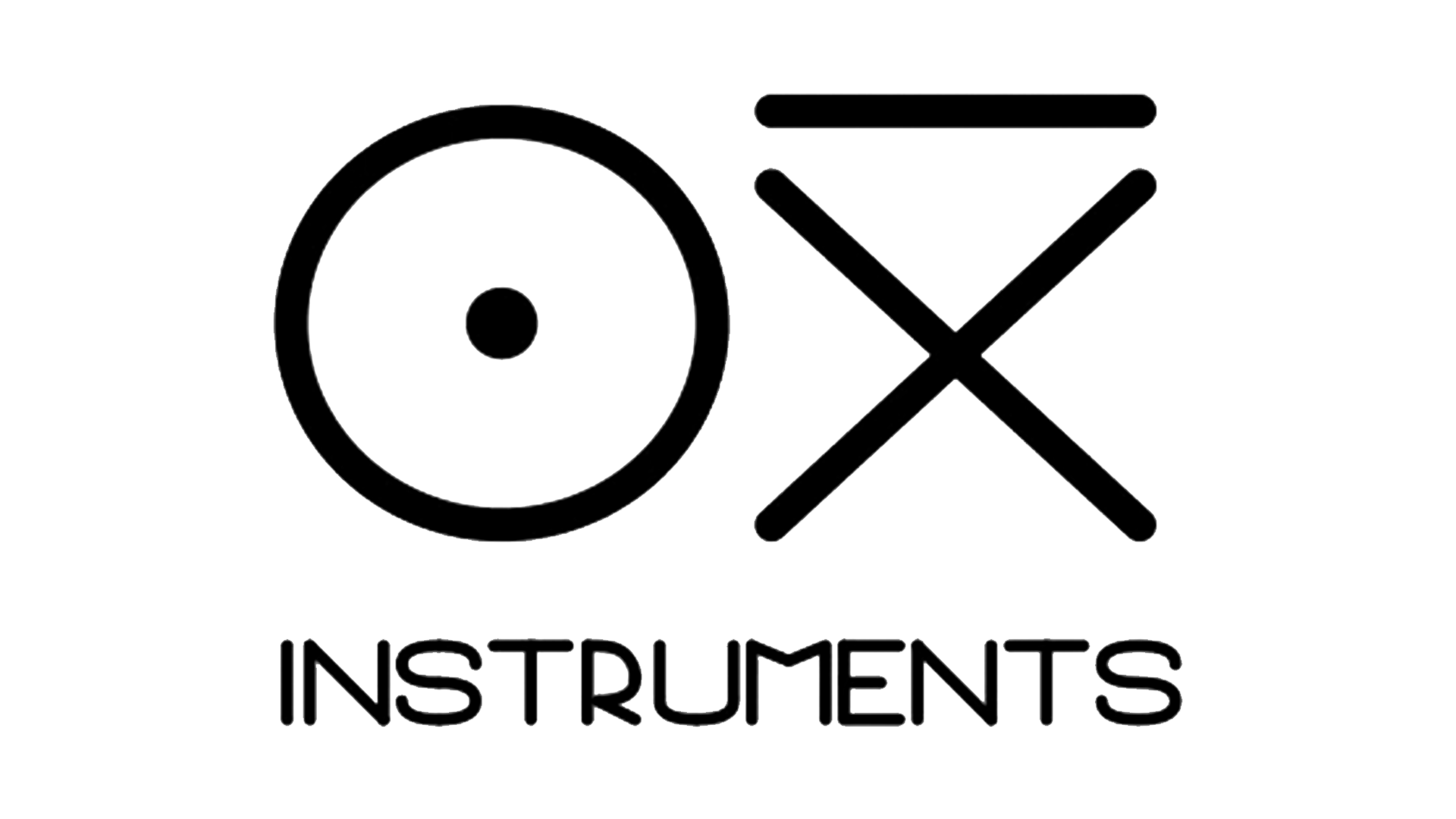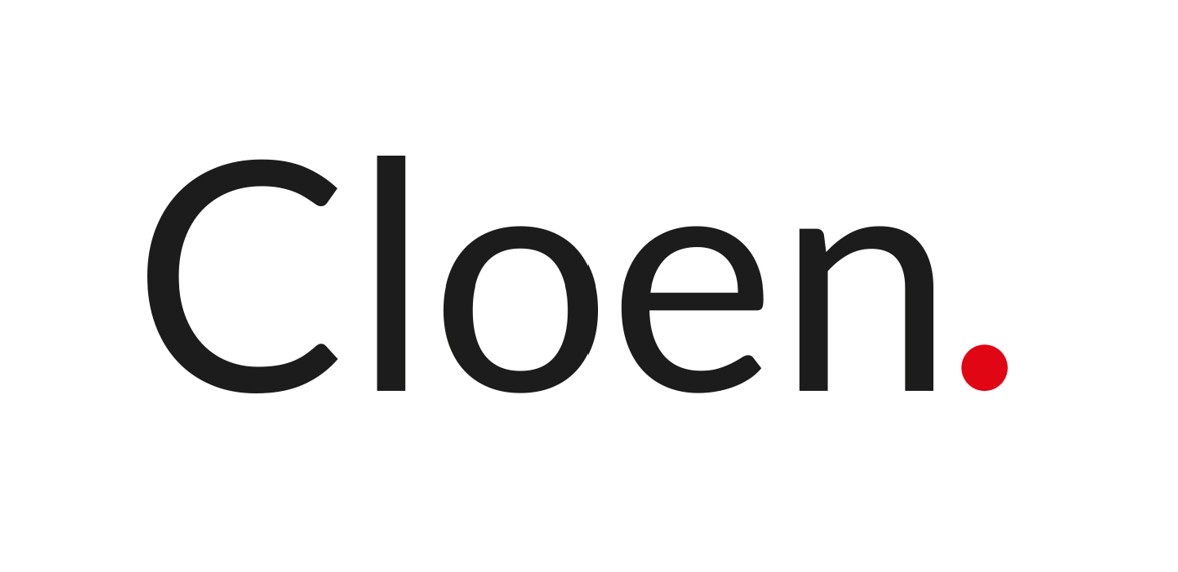CE Marking
Electrical and Electronic Equipment
Introduce your electrical and electronic products to the European market reliably and safely.


What is CE Marking for electrical and electronic equipment about?
The CE Marking of electronic and electrical appliances is based on compliance with various legal acts (Directives and Regulations) that are essential for marketing products of this nature in the European market.
An Electrical and Electronic Appliance (EEA) is defined as any equipment that needs an electric current or electromagnetic fields to function correctly. This includes a wide range of products, from large household appliances like refrigerators and washing machines, to smaller devices like mobile phones and computers. It also covers power tools, electronic toys, and lighting equipment. These appliances can be designed for use in domestic, commercial, industrial or other settings.
The regulation and management of these appliances in the European Union are governed by specific directives related to their production, distribution, and disposal, in an effort to minimise their environmental impact and ensure consumer safety.
Examples of EEE
EEE covers a wide variety of products that can be classified into several categories.
- Large household appliances such as refrigerators and washing machines, small household appliances like microwaves and vacuum cleaners, and IT and telecommunications equipment such as computers, mobile phones, and televisions.
- Electrical and electronic tools, such as drills and electric saws.
- Lighting equipment like lamps and luminaires.
- Electronic toys and leisure equipment, such as video game consoles and drones.
- Surveillance and control devices, such as security cameras.
- Medical devices, such as magnetic resonance imaging machines and patient monitors.
Each of these products requires electricity to function and is subject to specific regulations regarding its use, safety, and disposal at the end of its life.
The CE Marking requirements for Electrical and Electronic Equipment are numerous and are defined by their features and scope of use. A single product may be subject to different requirements from various directives or regulations, which must all be met in full.
Continue reading on this page for more information.
The short answer is YES. While there are certain very specific exclusions for the non-application of CE Marking to EEE, in general terms all consumer, medical, and industrial EEE are subject to CE Marking.
To obtain the CE mark for an EEE, manufacturers must follow several essential steps:
- Identify the applicable legislation and determine which EU directives and/or regulations must be considered to properly classify the product.
- Assess the product's conformity to ensure it meets all relevant requirements. This may include preparing technical documentation, risk assessments, laboratory tests, audits, etc.
- Compile a complete technical file that provides information on the product's design, manufacturing, and operation and have it available for market surveillance authorities.
- Ensure the product is accompanied by the required information for the user in accordance with applicable regulations (user manual, marking, labelling, etc.).
- Sign the EU Declaration of Conformity through which the manufacturer declares that the product complies with all applicable legal requirements.
In some cases, typically when products pose a low level of risk to users, the manufacturer is allowed to carry out the product assessment internally (self-assessment or self-certification). However, in some cases, especially for products with a higher level of risk, it may be necessary to involve a notified body (an independent organisation designated by an EU member state) to carry out part of the conformity assessment.
The CE Marking framework includes different roles (manufacturers, importers, distributors, authorised representatives, etc.), each with specific responsibilities in the certification and compliance process, depending on the activities they perform during the commercialisation of a product.
Each of these roles is crucial for ensuring that CE-marked products are safe and comply with the applicable regulations in the European Union and in the countries where this marking is applied.
Requirements to be taken into account to obtain the CE Marking of an Electrical and Electronic Apparatus (EEA)
Electrical and Electronic Equipment (EEE) are subject to several Directives and Regulations within the scope of CE Marking according to their specific characteristics and intended use. For example, a smart battery-powered vacuum cleaner would need to comply with the RED Directive 2014/53/EU for incorporating radio communication capabilities, the RoHS Directive 2011/65/EU for being an electrical/electronic equipment, Regulation (EU) 2023/1542 for incorporating batteries, and finally, as a domestic vacuum cleaner, Directive 2009/125/EC on Ecodesign and Energy Efficiency and Regulation (EU) 2017/1369 on Energy Labelling. The CE Marking is only obtained when the manufacturer ensures that all requirements have been met and has objective evidence to demonstrate it.
CE Marking acts applicable to Electrical and Electronic Equipment (EEE)
Below are some of the directives or regulations within the CE Marking framework that may apply to an Electrical and Electronic Apparatus (EEA).
Please bear in mind...
Radio Equipment (RED)
Low Voltage (LVD)
Electromagnetic Compatibility (EMC)
Restriction of Hazardous Substances (RoHS)
Batteries and Accumulators (BAT)
Ecodesign (ERP)
Machinery and Partly Completed Machinery (MR)
Medical Devices (MDR)
Non-exhaustive list. Additional Regulations and Directives to those listed here may apply.
Additional Legislation Beyond CE Marking
While CE Marking covers the vast majority of legislative requirements that must be met, there are Directives and Regulations outside the scope of CE Marking that may also apply to Electrical and Electronic Equipment (EEE). Some products, depending on the specific risks they present and the type of product in question, may be subject to additional requirements which vary according to the nature and use of the product, and may be established in local, national, or European sector-specific regulations.
Non-exhaustive list. Additional Regulations and Directives to those listed here may apply.
Attention!

How can we help you with CE Marking?
We are a company specialised in conformity with extensive experience in the international product certification sector. Whether you can opt for self-certification or require third-party certification, we dedicate all our resources to ensure that you certify your products in an agile, effective, and guaranteed way.
Our services
Product Certification
Accredited Laboratory Testing
Technical Documentation
Advice and Consultancy
Avoid headaches
Let us help you and focus your energy on your business
“We can only say that they are a great team of professionals. Thanks to their rigorous work and professionalism, we were able to successfully certify the CE and FCC marking of the first version of our product, Travel Sax.”
Ramón Mañas
Odiseimusic (CEO)
“They have made possible what would have been impossible on our own, or much more costly in terms of time and money, allowing us to enter the market with all our responsibilities covered.”
Manuel Vázquez
Oxi Instruments (CEO)
“The quality of their work is excellent; they have shown a level of professionalism and dedication that exceeds our expectations. Their commitment to excellence and their client-oriented approach make them an ideal choice.”
Marcos Bruñuel
Bitbrain (QA/RA Manager)
Do you have any questions?
We have compiled the most frequent questions from our clients
CE Marking is a key indicator that a product complies with EU legislation on health, safety, and environmental protection. If your product falls into one of the more than 20 categories requiring this mark (such as toys, electronic devices, personal protective equipment, or medical devices), it is absolutely mandatory to be able to legally market it in the European Economic Area (EEA). The manufacturer is ultimately responsible for ensuring the product meets the requirements and for affixing the mark.
This is one of the worst-case scenarios. It involves not only immediately stopping the sale of the product, but also organising and covering the cost of recalling all units already in stores or in the hands of consumers. On top of this, there are potential fines, a total loss of investment, and a severe blow to your company's reputation.
The consequences of non-compliance are serious and can include:
Mandatory withdrawal of the product from the entire EU market.
Sales and marketing ban.
Significant financial penalties.
Criminal liability if the product causes harm or injury.
Reputational damage to the brand.
The market surveillance authorities of each member country are responsible for enforcing the legislation.
The Declaration of Conformity (DoC) is a mandatory legal document in which the manufacturer or their authorised representative formally declares that the product complies with all applicable EU legislation. By signing the DoC, the manufacturer assumes full responsibility for the product's conformity. This document must be made available to market surveillance authorities at all times.
A Risk Analysis is a systematic process that the manufacturer must carry out to identify all potential hazards that their product could present during normal use or in a foreseeable misuse situation. The process does not end with identification; the manufacturer must also:
Assess the risks: Determine the probability of the hazard occurring and the severity of the harm it could cause.
Implement solutions: Design and manufacture the product to eliminate or minimise those risks.
Inform users: Warn about residual risks that could not be eliminated in the user manual and on the product labels.
This analysis is a fundamental pillar of the technical file and demonstrates to the authorities that safety has been at the core of the product's design and manufacture. It is mandatory for most products requiring CE Marking, such as machinery or toys.
The CE Marking itself does not have an expiry date. However, the product's conformity is continuous. The validity of the Declaration of Conformity and the technical file depends on several factors:
Changes to the product: If you significantly modify your product, a new assessment may be required.
Updates to legislation: If the applicable directives or harmonised standards change, you will need to re-evaluate your product to ensure it still complies with the new requirements.
Certificates from Notified Bodies: These certificates do usually have an expiry date (typically 3 to 5 years), after which a re-evaluation is required.
The applicability of specific EU legislation (Directive or Regulation) to a product depends fundamentally on two key factors:
The scope defined in the law itself: Each directive or regulation precisely describes the products it covers. For example, the Low Voltage Directive applies to electrical equipment operating within certain voltage ranges.
The intended use and characteristics of the product: The purpose for which the manufacturer has designed and marketed the product is decisive. For example, a kitchen knife is not governed by the same rules as a surgical scalpel, although both cut. Similarly, if a product has multiple functions (e.g., a toy with a radio), it may be affected by several directives simultaneously (the Toys Directive, the Radio Equipment Directive, and the Electromagnetic Compatibility Directive).
It is the manufacturer's responsibility to analyse their product in detail and cross-reference its characteristics and intended use with the scopes of all European legislation to determine which regulations it must comply with.
The short answer is: it depends on your product.
For many products, you can self-certify. This means that you, as the manufacturer, are responsible for ensuring that the product complies with all safety regulations and legal requirements. You prepare the technical documentation, issue the Declaration of Conformity, and affix the CE mark. Many products, such as toys, many electronic devices, or sunglasses, fall into this category.
However, for other products that are considered to be of higher risk, the situation is different. We are talking about products such as personal protective equipment (FFP2 masks, safety helmets), hazardous machinery, medical devices (such as a scalpel or a prosthesis), or gas systems. In these cases, it is mandatory for a Notified Body (an external company authorised by the authorities) to review and certify that your product is safe and complies with all requirements.
For a laboratory to be accredited means that an independent official body (UKAS in the UK), has confirmed that it is technically competent and that its test results are reliable and impartial.
In essence:
It Guarantees Trust: It ensures that analyses and tests are carried out correctly, with qualified personnel and calibrated equipment.
It is Based on ISO/IEC 17025: The most demanding international standard for laboratories.
It Facilitates Market Access: Its reports are the best proof for CE Marking and are recognised internationally.
It is Not the Same as Certification: Accreditation confirms technical competence (they know how to perform the test), whereas certification (ISO 9001) only validates a management system.
In short, it is the highest guarantee that you can trust the results of a test.
Not always, but it is highly recommended. If your product can be self-certified, you could use a non-accredited laboratory for testing. However, choosing this path may lead to incomplete or even incorrect results due to the lack of external verification of the laboratory's capabilities. On the other hand, if a Notified Body is involved or you want the maximum guarantee and confidence before the authorities, you will definitely need an accredited laboratory. Otherwise, the results will not be accepted by the Body.
Accreditation guarantees reliability in the results and broader validity.
At Sherpa Certification, we only work with accredited laboratories.
The manufacturer is the one who designs and produces the product, or who commissions a third party to do so but puts their own name on it. They are primarily responsible for ensuring it complies with everything. The importer is the one who buys a product from outside the European Union and introduces it here to sell. The importer must ensure and verify that the manufacturer has done their job correctly before placing it on the market. The responsibility for the product is exactly the same.
If you put your own brand on a product, even if it is manufactured by someone else, in the eyes of the law you become the manufacturer. This means that all responsibility for that product being safe and compliant rests with you. You must control the process and have all the technical documentation in your name.
These are the documents that contain all the information demonstrating that the product is safe and complies with the law: drawings, a description of how it works, a list of materials, risk analysis, laboratory test reports, the Declaration of Conformity, and any other document necessary to justify compliance with applicable legal requirements. It is the first thing the authorities will ask for in an inspection.
It is the set of rules, processes, tools, and documented procedures that define how an organisation designs, manufactures, and delivers its products or services in a consistent and controlled manner.
Its main objective is not to create bureaucracy, but to ensure that customer requirements and legal requirements (such as those for CE Marking) are always met, minimising errors and improving efficiency.
The most well-known and widely used standard globally for implementing a QMS is ISO 9001, which serves as a model for best practices.
A Quality Management System, or QMS, is the backbone that supports the validity of the CE Marking. Its role is to ensure continuous conformity and consistency in production. Specifically:
Ensures Repeatability: It guarantees that the 10,000th product you manufacture is identical and as safe as the sample that passed the original tests.
Controls Documentation: It provides a framework for managing and keeping the technical file, change records, and risk analyses up to date.
Manages Traceability: It allows for the control of components, suppliers, and production batches, which is crucial if a market recall is needed.
Demonstrates Due Diligence: To market surveillance authorities, a robust QMS is the best evidence that the company takes safety and conformity seriously, and does not see CE Marking as a mere formality.
A harmonised standard is a technical specification created by European standardisation bodies (such as CEN or CENELEC). If you manufacture your product following these standards, it is assumed ("presumption of conformity") that you comply with the essential requirements of the legislation. In short, they are the "official" instructions that make it easier for you to comply with the law.
Harmonised standards are technical standards developed by European standardisation bodies (CEN, CENELEC, ETSI) which, if followed, grant a "presumption of conformity" with the requirements of a directive. You can find lists of harmonised standards published in the Official Journal of the European Union, directly on the websites of the standardisation bodies, or on the European Commission's portal dedicated to CE Marking.




